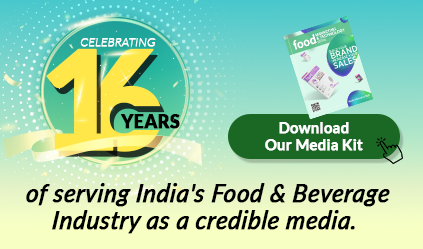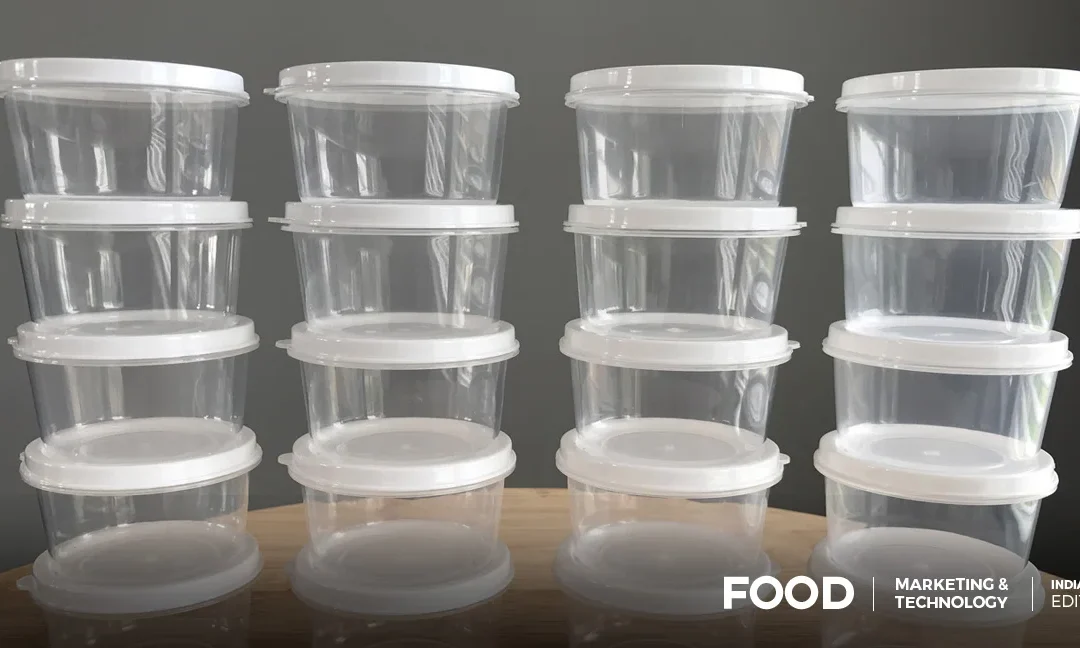Who among us has not used a plastic container in food packaging? From lunch boxes to take-out containers, they are convenient and easy to use. But with growing concerns about the safety of plastics, many of us are wondering: Are plastic food containers safe, or can they pose dangers to the food stored in them? This blog post focuses on the various types of plastics in food packaging, the health consequences of consuming food in such packaging, and how to store the food safely.
Understanding Plastic Food Containers
Food packaging containers come in various shapes and sizes and are made from different plastics. Both of them are useful but also have their disadvantages. Here’s a breakdown of some common plastics used in food packaging boxes:
- High-Density Polyethylene (HDPE)—(#2): This is a very hard and stiff plastic used in milk bottles, juice bottles, and plastic containers with box-like shapes. It is relatively safe for food storage and is hardly toxic enough to warrant any health hazards when ingested.
- Low-Density Polyethylene (LDPE)—(#4): Flexible polyethene is used in bread and produce bags and some semi-rigid bottles, such as those for ketchup. It is safe for most foods, although it may slightly discolour white or light-coloured foods.
- Polypropylene (PP)—(#5): This type of plastic is used in yoghurt cups, takeout containers, and reusable food containers. It is non-toxic and widely believed to be safe for food storage.
These plastics usually have a triangle of sorting and a number in it. Being aware of these numbers is important because they can guide you in making the right decision.
Potential Concerns with Plastic Food Containers
Although some plastic products are safe to use when storing foods, plastics that serve as packages pose issues; here’s a closer look at some potential problems:
- Bisphenol A (BPA): BPA is a chemical used to manufacture certain plastics. Some researchers have indicated that exposure to BPA is associated with the development of some diseases. Even though BPA has been prohibited from being used in certain products, such as baby bottles and food cans, food wrapped in plastics may still contain BPA.
- Leaching: Plastics used in food packaging are considered to pose a hazard because their chemicals can migrate into foods through heat and other components that include; acidic food or oils.
- Microwaving: Some plastics are dangerous when microwaved since they can melt and release chemicals into the food being heated.
Choosing Safe Plastic Food Containers
Here are some tips for choosing safe plastic food containers:
- Look for the recycling symbol: Opt for containers with recycling numbers 2, 4, or 5. These are generally considered the safest options.
- Avoid BPA: To avoid products with BPA content, look for labels that say “BPA-free.”
- Consider glass or stainless steel: It is advisable to use glass or stainless steel containers, particularly for hot or acidic foods, to avoid any possible health risks due to unsafe containers.
- Don’t reuse single-use containers: Disposable plastic containers are not made to be reused, and they can degrade over time, contaminating food with chemicals.
Safe Storage Practices with Plastic Food Containers
Even with safe plastic choices, proper storage practices are essential:
- Store food properly: Store the hot foods after they cool to room temperature in plastic containers.
- Don’t microwave in plastic unless labelled safe: If in doubt, it is safer to transfer food to another dish, preferably made from glass or ceramic, for heating in a microwave.
- Don’t store for extended periods: Storing foods in plastic for a long duration may lead to leaching.
- Inspect containers regularly: Do not use any damaged containers, such as cracked, scratched or worn-out ones.
Alternatives to Plastic Food Containers
While plastic food containers are convenient, there are eco-friendly and potentially safer alternatives to consider:
- Glass containers: Glass is ideal because it is not porous and does not release chemicals into the foodstuff. You can use it to store your food after cooking and to warm up some other foods at a later time.
- Stainless steel containers: Stainless steel containers are strong and longer lasting for use in carrying lunches, snacks, and storage of other dry foods.
- Reusable beeswax wraps: These wraps can be used to naturally wrap or cover food containers and bowls sustainably.
- Silicone bags: Silicone containers are ideal because they are multi-purpose utensils for food storage and freezes.
Some of these alternatives may have some cost implications at the beginning, but they can help save costs in the future while reducing the amount of plastic packaging material required.
Conclusion
Plastic food containers can be as safe and beneficial for food storage as other materials. Knowing the various forms of plastics, the various risks that may surround parcel boxes for food, and safer practices that can be taken will enable you to make the right choices. Recyclable containers such as glass, stainless steel, or reusable wraps seem to be safer and a better solution to canned food. Finally, the best choice is the one that will meet your individual needs and personal priorities.




Very insightful article! It does a great job breaking down the different types of plastics (HDPE, PP, LDPE) and explains exactly why some plastics can pose health risks — especially when heated or used with acidic or oily food. The safety tips, like checking recycling numbers and avoiding single-use reuse, are super practical. Plus, highlighting alternatives like glass and stainless steel makes it clear there are safer, more sustainable ways to store food. A must-read for anyone conscious about food safety and plastic use.